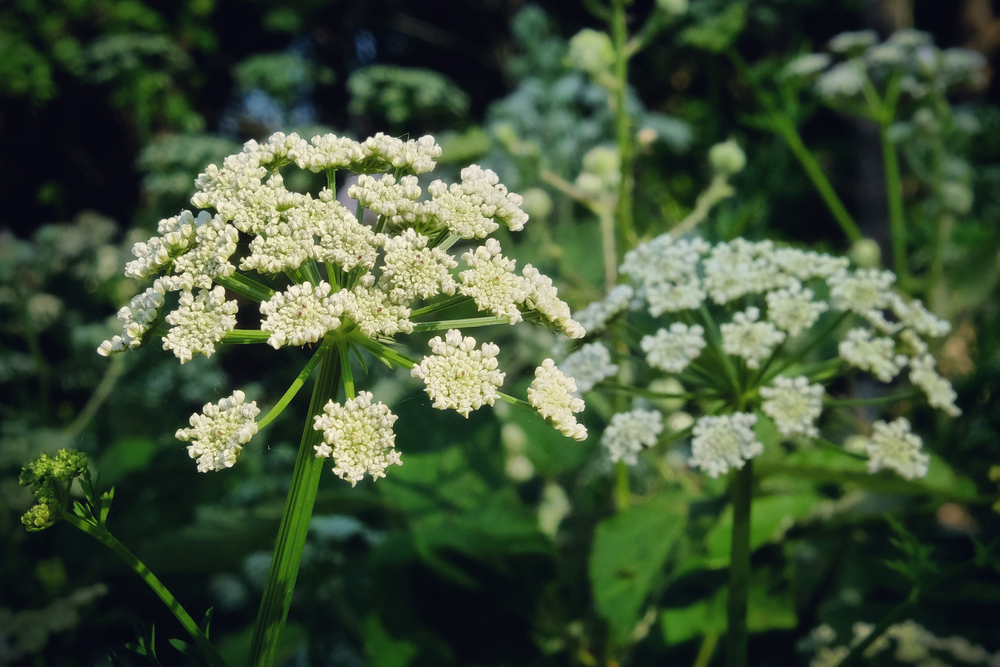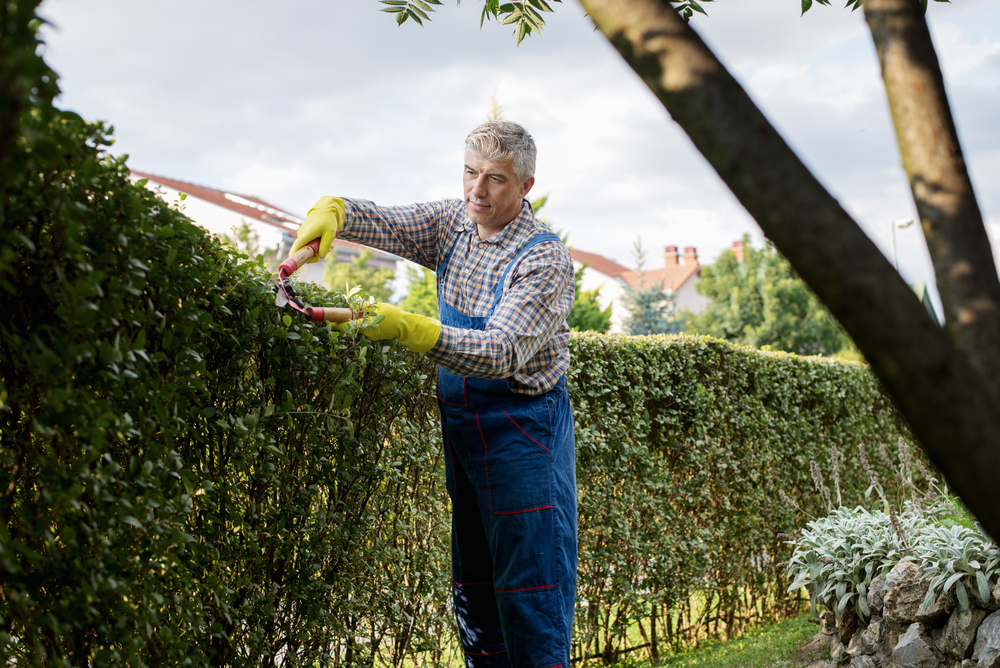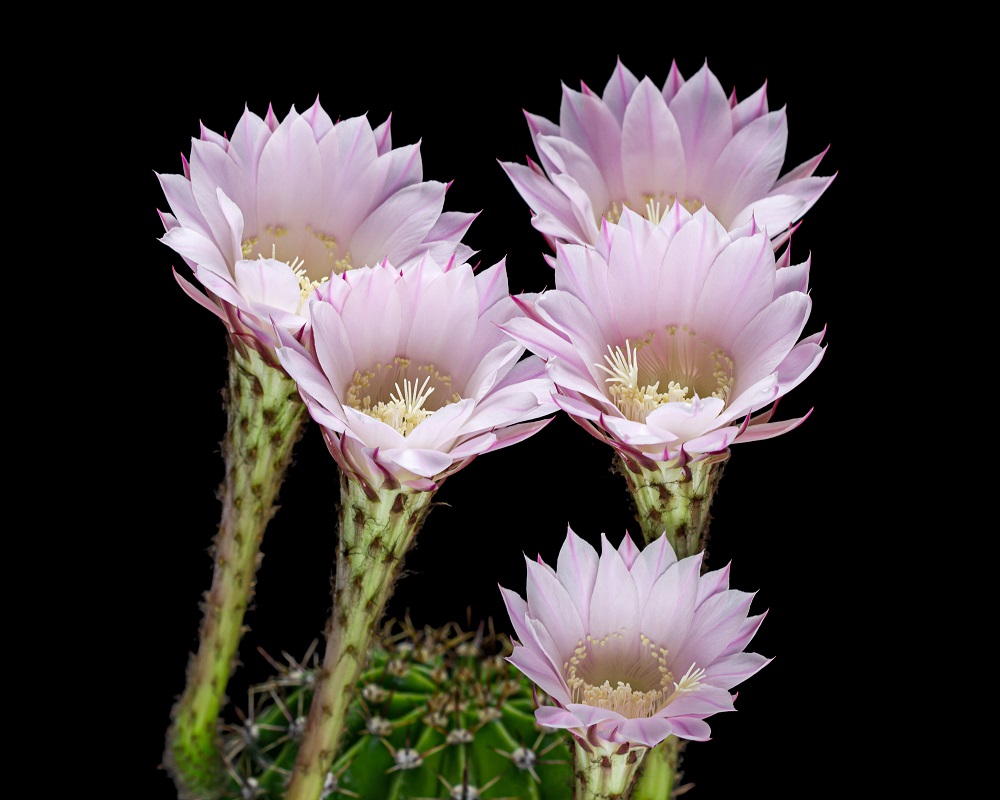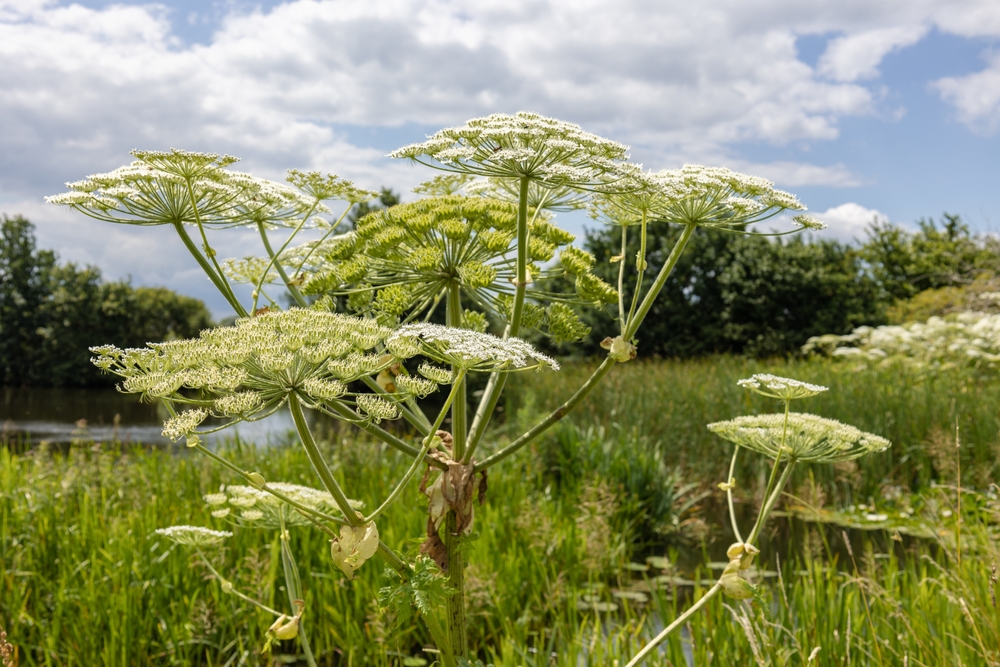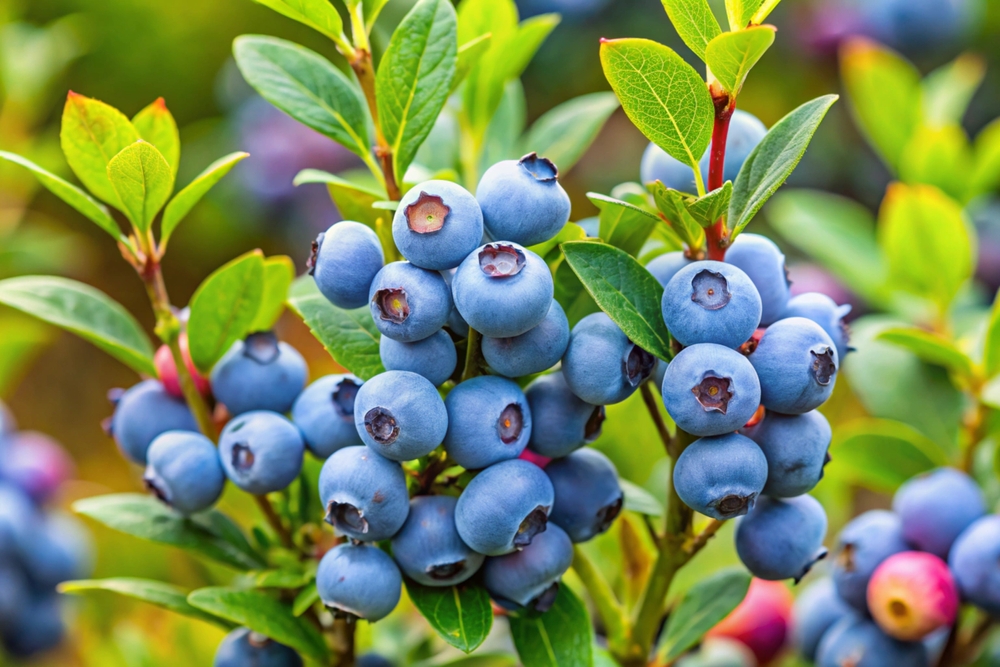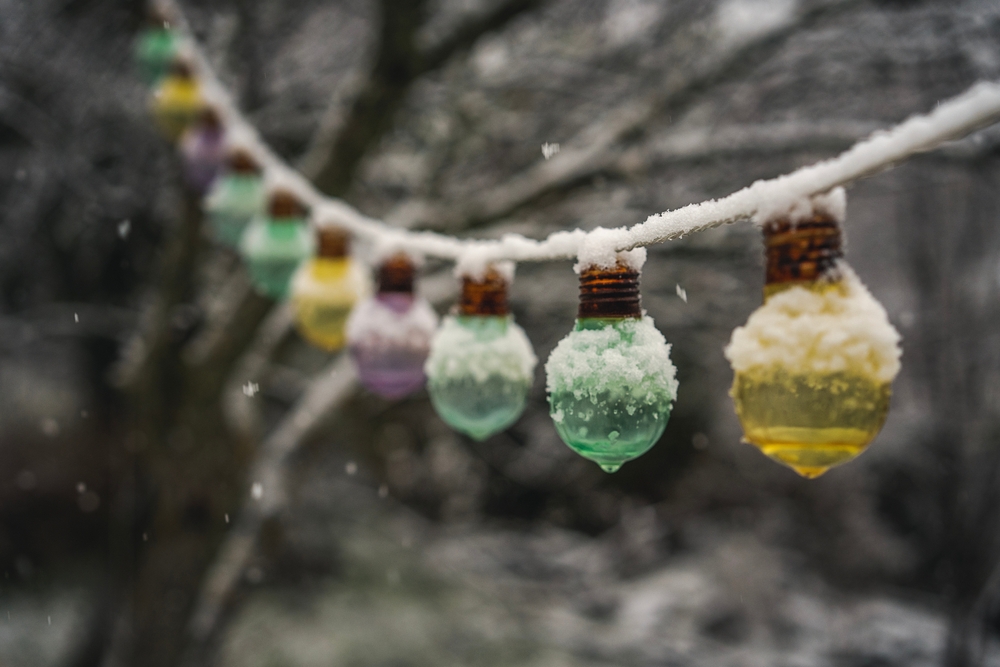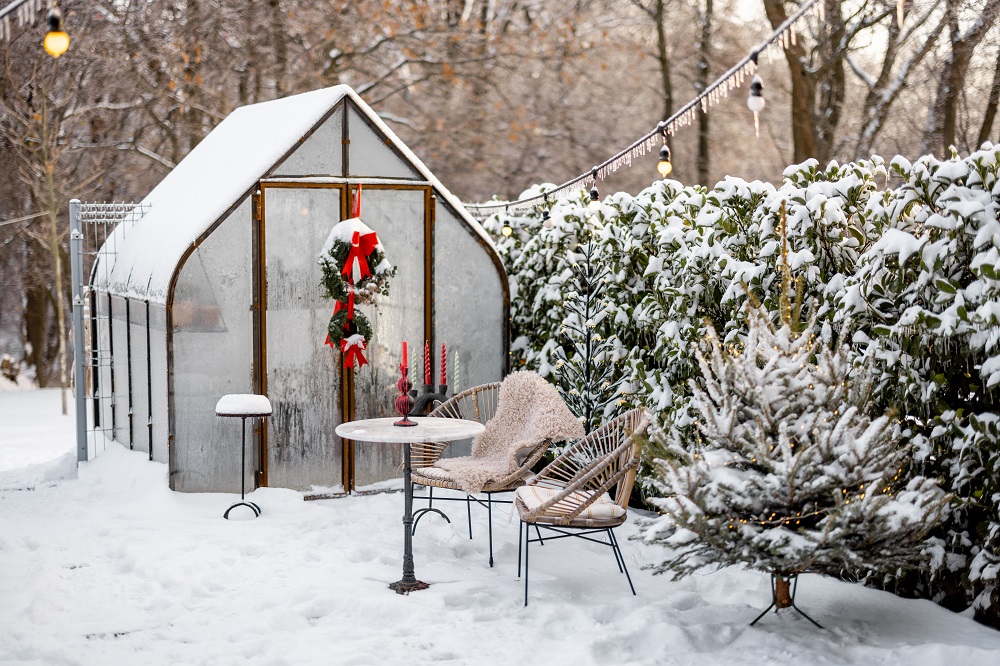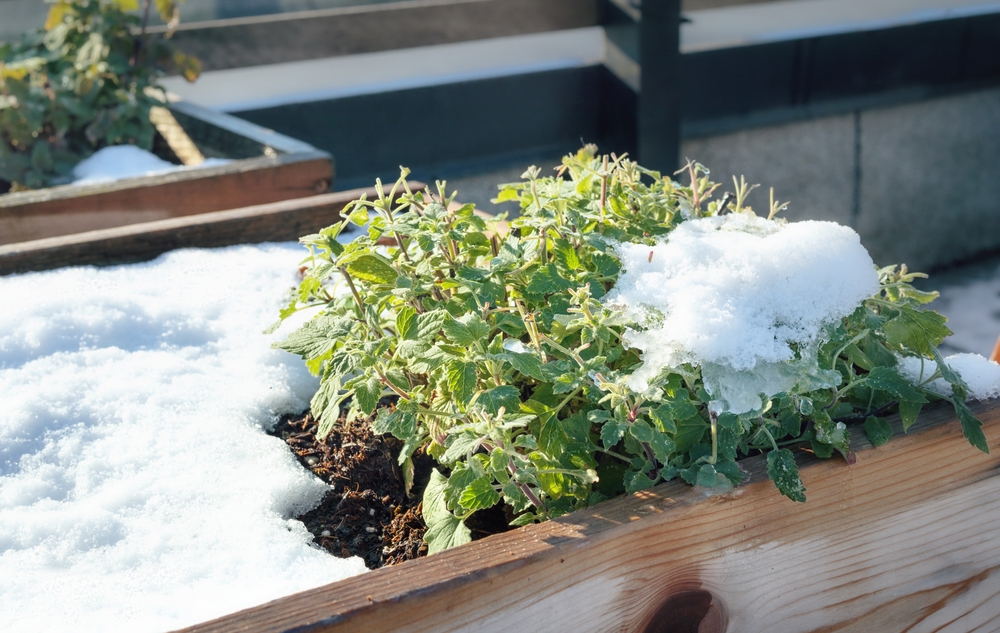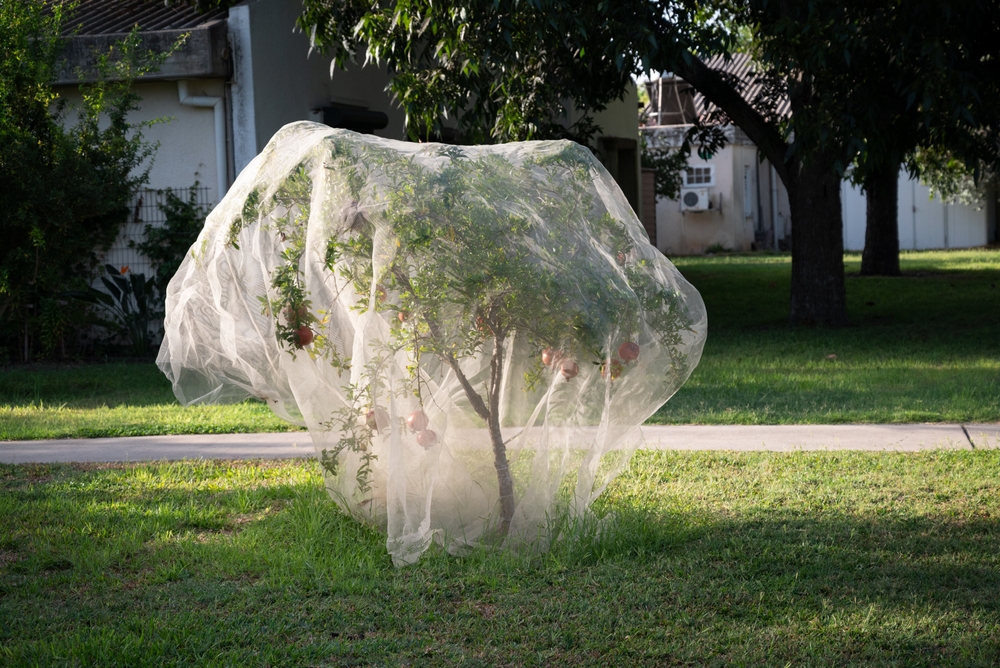Do you know what the best plants are to grow in your area?
Maybe you dream about creating your own paradise in your garden with tall trees and colorful flowers, but before this, there is some essential info you should keep in mind. You’ll never have this dream garden if you don’t plant according to the hardiness zones.
All plants need specific climate conditions if you want them to grow and thrive, and this is the exact reason why you should pay attention to this. Be it vegetables, trees, flowers, or shrubs, they all have their favorite zones, and it’s best to respect them.
In this article, we’ll tell you the secrets of the USDA Plant Hardiness Zone Map so you can know which plants are the best to grow in your garden based on the state you live in. This is the first step you can take if you want to have a garden that will flourish more and more with each passing year.
What is the USDA Plant Hardiness Zone map?
As you would expect, this is a map of the United States, and it’s divided into 13 distinct zones based on the average annual minimum temperature. Why do we need this map? Well, this is one of the most important tools all gardeners should use, beginner or not, because it tells you exactly what plants can grow in your area.
Zone 1 is the coldest, while Zone 13 is the warmest. With each zone, the difference in average annual minimum temperature is 10 degrees Fahrenheit. There are also half zones, but to keep things simpler, we are not mentioning them here.
What this map does is that it helps you stop wasting money on plants that won’t survive and also spares you effort that will never be rewarded.
We’ll start with Zone 1 and then slowly progress to the last zone, the 13th one. Get ready to discover the best plants to grow in your area!
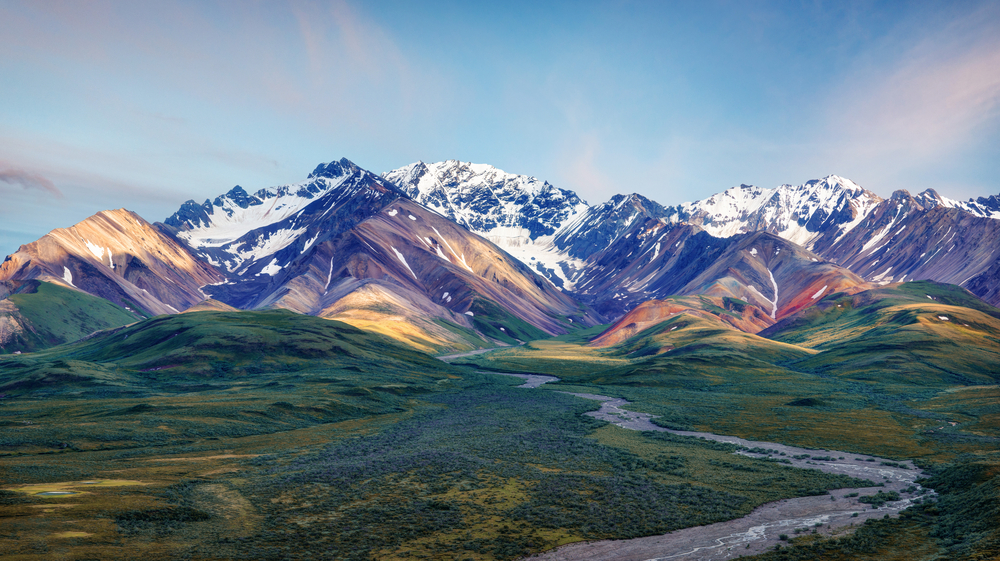
Zone 1 (-60 to -50°F) & Zone 2 (-50 to -40°F)
Brr! This is the coldest zone, and only the state of Alaska is part of it. Some would wonder why this zone is mentioned here, because many believe there are no pants that can grow in such harsh conditions, but they are wrong.
We are here, and we want to tell you more about the best plants you can grow in Alaska. You’d be surprised, but there are actually a few of them. Even in this desolate landscape, green thumbs can still do what they love.
For your vegetables, focus on cool-season crops that can easily deal with frosty conditions. Broccoli, Brussels sprouts, and kale are amazing choices. Also, don’t forget about beets, turnips, and radishes, as they are pretty good at tolerating the cold.
For herbs, we would plant them in the fall so they can get a headstart in the spring, and our choices are chives, parsley, and even garlic.
If you want something ornamental, the options are quite limited, but for a yellow splash of color, we would go with Goldenrod, and then Lily of the Valley is another amazing one.
These are the best plants you can grow in Zones 1 and 2, and we are sure they will make your “Arctic” garden more lively.
Zone 3 (-40 to -30°F)
Welcome to Zone 3, which offers you more possibilities than the two zones mentioned above. The climate is still cold, but many more plants tolerate it, and we are about to tell you more about them.
This zone includes the Great Lakes Region (northern portions of states surrounding the Great Lakes, like Minnesota, Wisconsin, Michigan, and parts of North Dakota), the Upper Midwest (states like Minnesota, North Dakota, South Dakota, and Montana), and the Northern Rockies (areas in Montana, Wyoming, and parts of Idaho).
Read on and discover what the best plants are for your garden if you live in any of these states!
One of the favorite perennials in Zone 3 is asparagus. If you take good care of it, this plant will grow with no problems. Summer and winter squashes, along with cucumbers, can be easily grown, but you need a little planning ahead. It is recommended to start the seeds indoors for the best results.
The herb selection is also more broad, and it includes caraway, catnip, parsley, and even peppermint. For ornamentals, we would choose asters and liatris as the best plants because the first ones will add color to your garden in the fall and the second ones in the spring. We believe they are a perfect match for anybody who wants flowers blooming all year round.
Zone 3 is also where you can start planning fruit trees. ‘Goodland’ or ‘Sweet Sixteen’ apples, pears, and sometimes even apricots, you can grow most of them with proper care.
Zone 4 ( -30 to -20°F)
The following states are part of this zone: Alaska (northern and some southern coastal regions), Dakota (North and South), Maine, Massachusetts (northern parts), Michigan (northern parts), Minnesota, Montana (northern and western parts), New Hampshire, New York (northern parts), Vermont, Wisconsin, and Wyoming (northern and western parts).
This zone is a turning point for gardeners, and we say that because even if the winters can be quite cold, the average minimum temperatures still allow you to grow some of the best plants for your garden, from vegetables and herbs to ornamentals and shrubs.
Eggplants, melons, okra, and pumpkins are easy to grow here, and this is already an incredible variety compared to the zones that we listed before. For herbs, you can choose from bee balm, garden sage, lemon balm, and thyme. So get ready to add a little fragrance to your next dish.
Entering the territory of ornamentals, we think the best plants would be coneflowers with their colorful blooms and daylilies that flower beautifully in the summer. Other amazing options are iris, phlox, and plantain lily.
For shrubs, ‘Nova’ pears and ‘Trent’ are incredible if you want a delicious harvest, and the butternut trees and American cranberry bushes will surely follow shortly.
With a little planning and some courage, Zone 4 gardeners will be able to grow the best plants for their gardens!
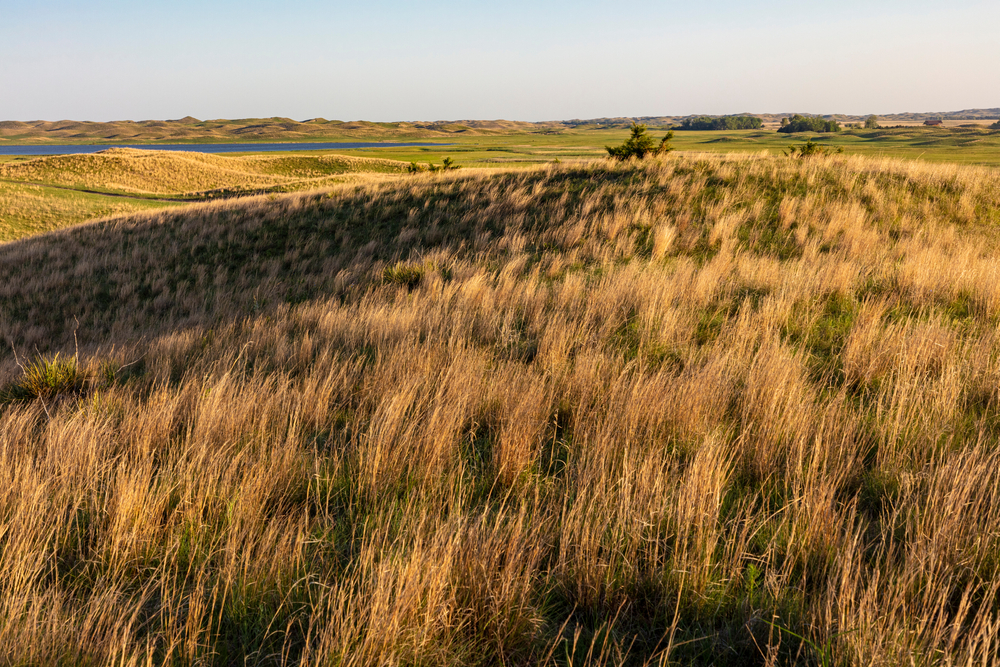
Zone 5 (-20 to -10°F) & Zone 6 (-10 to 0°F)
Most of the eastern United States, from the mid-Atlantic to the Great Plains, including portions of states like Maine, New York, Pennsylvania, Ohio, Indiana, Illinois, Missouri, Kentucky, Virginia, North Carolina, and Georgia. Pacific Northwest states like Oregon and Washington can have Zone 6 areas at lower elevations. Mountainous regions in the West may have pockets of Zone 6, depending on elevation.
We can consider that a big part of the US is found in Zones 5 and 6, and because of this, we believe that it’s important to tell you what the best plants are that can grow in this area.
Here, winters are mild, and this allows you to have a wider selection of plants in your garden. The summers have perfect temperatures and extend the warmth, which gives a boost to most plants you were planning to grow. This is one of the most important zones for the agriculture of the US.
So, let’s welcome some newcomers to your vegetable and fruit patch. The seasons extend, and this gives you so many opportunities. Bush beans, butter lettuce, and even indeterminate tomatoes are some of the best plants you can grow here. For those brave enough to live in the southern parts of these zones, planting melons can be a great idea.
The herb selection has some familiar favorites for you, such as borage, coriander, dill, and oregano. Say goodbye to boring-tasting foods and hello to an explosion of flavors that will forever change the way you approach food from now on.
When it comes to ornamentals, once you enter Zones 5 and 6, you can basically do almost anything you dream of for your garden. Now, you won’t have palms, but you can use what nature gives you and adapt to the temperatures of this area. Be sure you have a variety of options to choose from.
As the best plants, we decided to go with false sunflowers and floribunda roses, but baptisia, black-eyed Susan, campanula, cinquefoil, and Russian sage are all incredible options that thrive in this environment.
The selection of shrubs and trees is quite impressive, and you can finally start to grow ‘Jefferson’ or ‘Loring’ peaches in Zone 5, ‘Honeycrisp’ apples, and even ‘Snow Beauty’ peaches in Zone 6.
If you want something more eccentric, then pawpaw trees are for you. They have a unique aspect, and in the fall, you can also harvest their fruits.
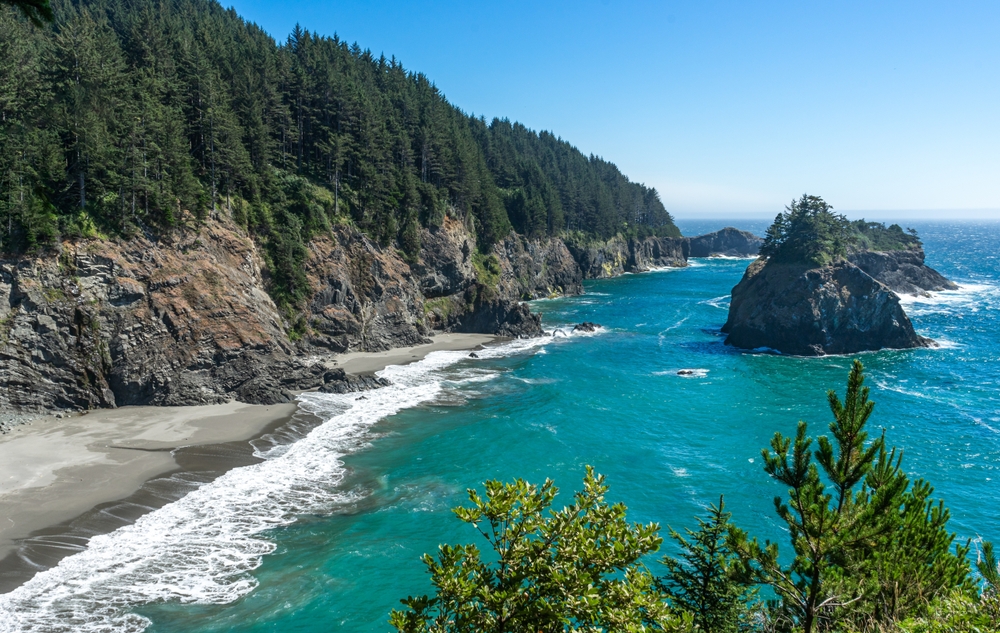
Zone 7 (0 to 10 °F)
Eastern US: Stretching from the mid-Atlantic states (Virginia, the Carolinas) to the Great Plains (Oklahoma, Kansas, Nebraska), Pacific Northwest: Lower-elevation areas are part of Zone 7.
In this zone, summers are long and warm, which means gardeners can enjoy what Mother Nature gave them and grow some of the best plants out there. What is even more amazing and, at the same time, incredibly useful for plant enthusiasts is that here you can find four distinct seasons. And we don’t say you can’t find this in other zones, but here is the perfect balance.
For vegetables, you can get a little bit experimental and try to plant some hot peppers and sweet peppers, as they love the warmth and are also some of the best plants that can grow in Zone 7. For the cooler spring and fall months, we have what most of us know as a peppery salad green, but it’s called arugula. Turnips are also another option we highly recommend.
The herbs we prefer the most for Zone 3 gardens are marjoram, sage, and tarragon. They are fragrant and perfect for your kitchen, and they also love the warmer climate that you can find here.
There are plenty of ornamental options that can thrive here in Zone 7, and because of this, we will share with you only the best plants. For example, the butterfly weed, besides captivating anyone’s eye with its orange color, is also great for the environment because it attracts many much-needed pollinators.
Then we have candytufts that can transform your lawn into an ocean of withe flowers in no time, and chrysanthemums, which we love so much because they add a touch of color during the late season when there are not so many flowers blooming. Also, who can resist the mesmerizing beauty of peonies with their large, fragrant flowers?
Zone 7 is almost a subtropical paradise for trees and shrubs, and fruit trees like ‘Bing’ cherries, ‘Cortland’ apples, and ‘Fuji’ apples are quite popular here. If you want to try something more exotic, you’ll never go wrong with ‘Blue Java’ bananas, which don’t occupy too much space in your garden because you can grow them in containers. This is one reason we believe ‘Blue Java’ bananas are some of the best plants in Zone 7.
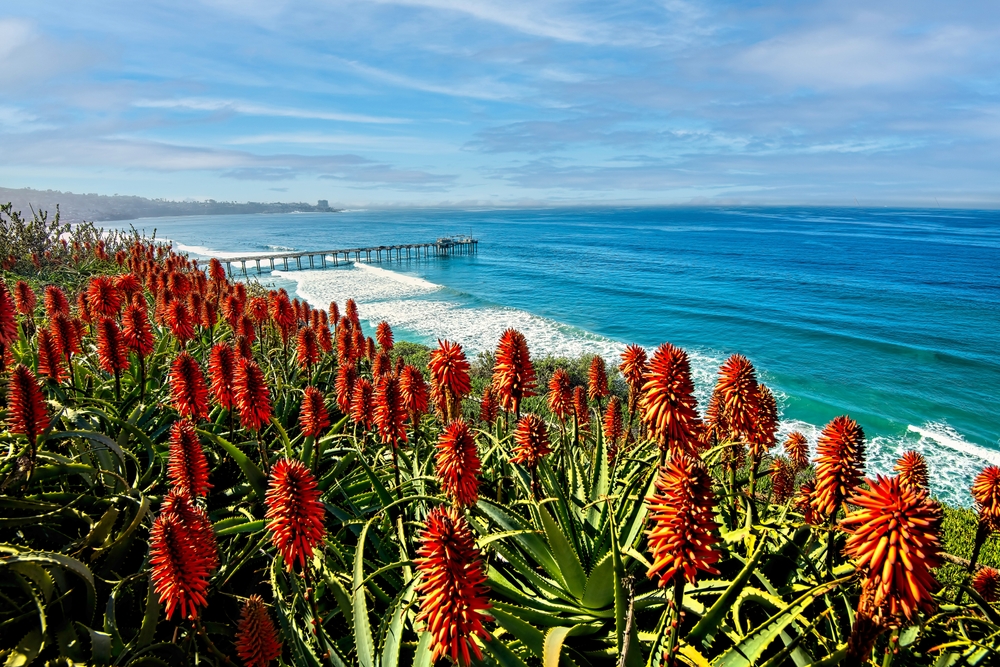
Zone 8 (10 to 20°F) & Zone 9 (20 to 30°F)
Southeast US (including states like Florida, Georgia, Alabama, Mississippi, Louisiana, etc.), the Gulf Coast (states bordering the Gulf of Mexico like Texas, Louisiana, Mississippi, Alabama, and Florida), Southern California, and the Pacific Northwest (southern regions experience milder winters) all fall into zone 8. The southernmost US (this zone is limited to the southern tip of Florida and extreme southern Texas) is part of zone 9.
The days are longer, the growing seasons are extended, and the warm sun opens a world of possibilities for gardening enthusiasts. Vegetables, herbs, ornamentals, and even subtropical fruit trees will completely transform your garden into something you’ve never had before.
Juicy cantaloupes and watermelons are some classics in this area, and because of this, they can’t miss the list of the best plants in zones 8 and 9. But it doesn’t stop here; the long days are perfect for growing okra, which is by far a southern favorite known for its edible green pods.
Rosemary and Mexican oregano are the most emblematic herbs of these zones, and because of this, we’ll include them on the list of best plants. Plant them right now and add a touch of the Mediterranean to your cooking!
In terms of flowers, you have many options you can choose from: Asian lilies, with their large, trumpet-shaped blooms; Lantana, a true butterfly magnet; or the beautiful Mexican petunias, all of which can make your garden pop and create a colorful display.
What is best about Zone 9 are the endless possibilities for tropical fruits. Here, you can take care of passionfruit vines or starfruit trees. From now on, the next zones are a true tropical paradise that offers you the chance to grow some spectacular plants but also limits you because you will no longer be able to plant the basic fruits and vegetables we are all used to.
Zone 10 (30 to 40°F) & Zone 11 (40 to 50°F)
Zone 10 is made up of the southernmost tip of Florida and extreme southern parts of Texas, and then we have a very small region in southern Florida near Miami, which is part of Zone 11.
The weather is very hot here, and because of this, it’s the perfect place for anyone who wants a tropical haven in their garden. For example, a wonderful choice and by far one of the best plants you can find here is the bitter melon, a unique Asian vegetable that has a slightly bitter flavor. Guess what? It loves the climate, so it thrives here.
Jicama is another plant we love that likes to grow in zones 10 and 11. It’s a root vegetable that grows easily and has a distinct sweet and nutty taste. The herb selection also expands, and now you are able to grow your own lemongrass with its wonderful citrusy kick.
Understanding the USDA Plant Hardiness Zones can help you pick the best plants for your garden, and in this way, you can make sure everything will thrive. This is the best system a gardener can use to determine if a plant is worth planting in their garden, and believe us when we tell you that the results are incredible.
If you want to see the zones more easily, this map can be perfect for you: Antiguos Maps USA Plant Hardiness Zones | Includes Hawaii, Alsaka and Puerto Rico
You should also read: Poisonous Plants That Pose a Threat to Your Home

